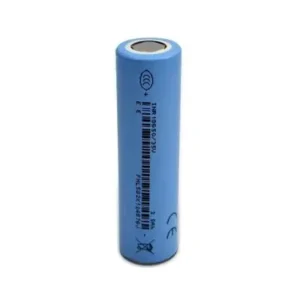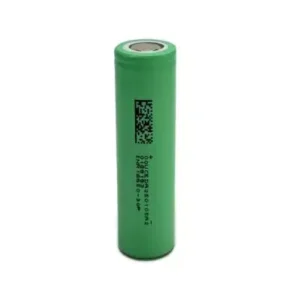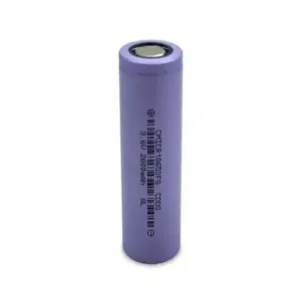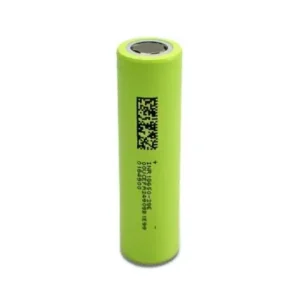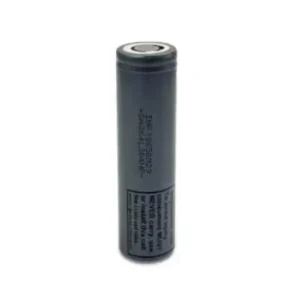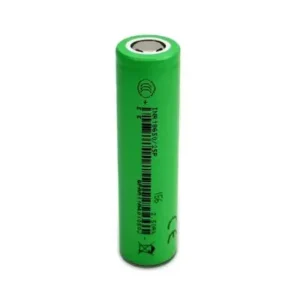Steel-shell 18650 battery 2000~3500mAh
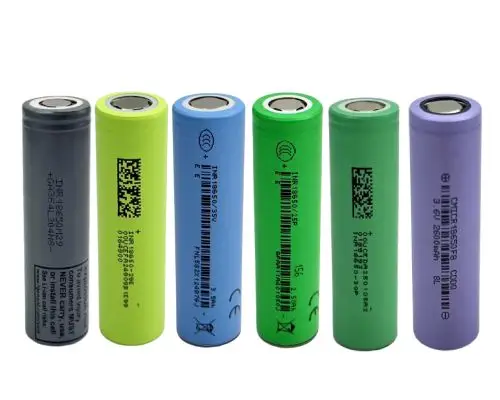
Steel-shell 18650 lithium-ion batteries (2000–3500mAh) feature mature technology, a high level of standardization, and excellent consistency and reliability. With superior dimensional uniformity and stable performance, they are widely used in battery modules assembled with multiple cells in series and parallel, making them particularly suitable for power tools, energy storage systems, and other high-power applications.
FAQs
What is a steel-shell 18650 lithium-ion battery?
The 18650 battery is a cylindrical lithium-ion cell with a diameter of 18mm and a length of 65mm. It uses a metal shell for packaging, features a mature manufacturing process, and offers excellent mechanical strength and safety performance.
Why is the 2000~3500mAh capacity range the mainstream for 18650 batteries?
This range strikes a balance between energy density and discharge rate. It provides long runtime while supporting high current output. Below 2000mAh, capacity is insufficient for medium and large applications, while above 3500mAh, discharge rate and cycle life may be compromised. Thus, 2000~3500mAh has become the most mature and widely adopted specification.
What are the advantages of steel-shell 18650 batteries in power tools?
Power tools require instant high-current output and frequent charge-discharge cycles. Steel-shell 18650 batteries feature low internal resistance and effective thermal management, ensuring stable performance during high-rate discharge. Their robust steel casing also provides superior impact and crush resistance, ideal for demanding tool applications.
How are these batteries used in energy storage systems?
In energy storage, 2000~3500mAh 18650 cells are typically assembled into modules or packs with hundreds or thousands of cells in series and parallel. Their standardized size and excellent consistency simplify module design and reduce assembly complexity.
What are the main differences between steel-shell 18650 batteries and pouch cells?
Steel-shell 18650 batteries offer high mechanical strength and excellent consistency due to standardized metal casing, making them ideal for large-scale assembly. While pouch cells are lighter, they are less impact-resistant and structurally stable compared to steel-shell cells.
What discharge rates can these batteries support?
Depending on the model, 18650 batteries can typically support 3C–10C continuous discharge. Certain specialized models can even deliver over 20C pulse discharge, meeting the high-current demands of power tools, e-bikes, and hoverboards.
How do 2000~3500mAh steel-shell 18650 batteries perform under different temperatures?
The operating range is -20℃ to 60℃. At low temperatures (e.g., -20℃), discharge performance decreases but optimized electrolytes and electrode design allow retention of over 70% capacity. At high temperatures (e.g., 60℃), built-in safety valves ensure safe and stable operation.
What should be considered when assembling 18650 cells into battery packs?
Consistency is crucial—cells must have matched dimensions, internal resistance, and capacity. Proper welding techniques, thermal management, and an effective BMS are also essential to ensure pack safety and performance.
Can steel-shell 18650 batteries be used for automotive start-stop or traction batteries?
While 18650 batteries have strong capacity and discharge performance, their limited single-cell size makes them better suited for tools and small-scale storage. Automotive applications require thousands of 18650 cells in modular packs, similar to Tesla’s early EV designs.
What are the future trends for steel-shell 18650 batteries?
They are evolving toward higher energy density (>3500mAh), longer cycle life (>1500 cycles), and wider temperature adaptability. While remaining mainstream in power tools and energy storage, some high-end applications may gradually transition to 21700 or prismatic cells.

